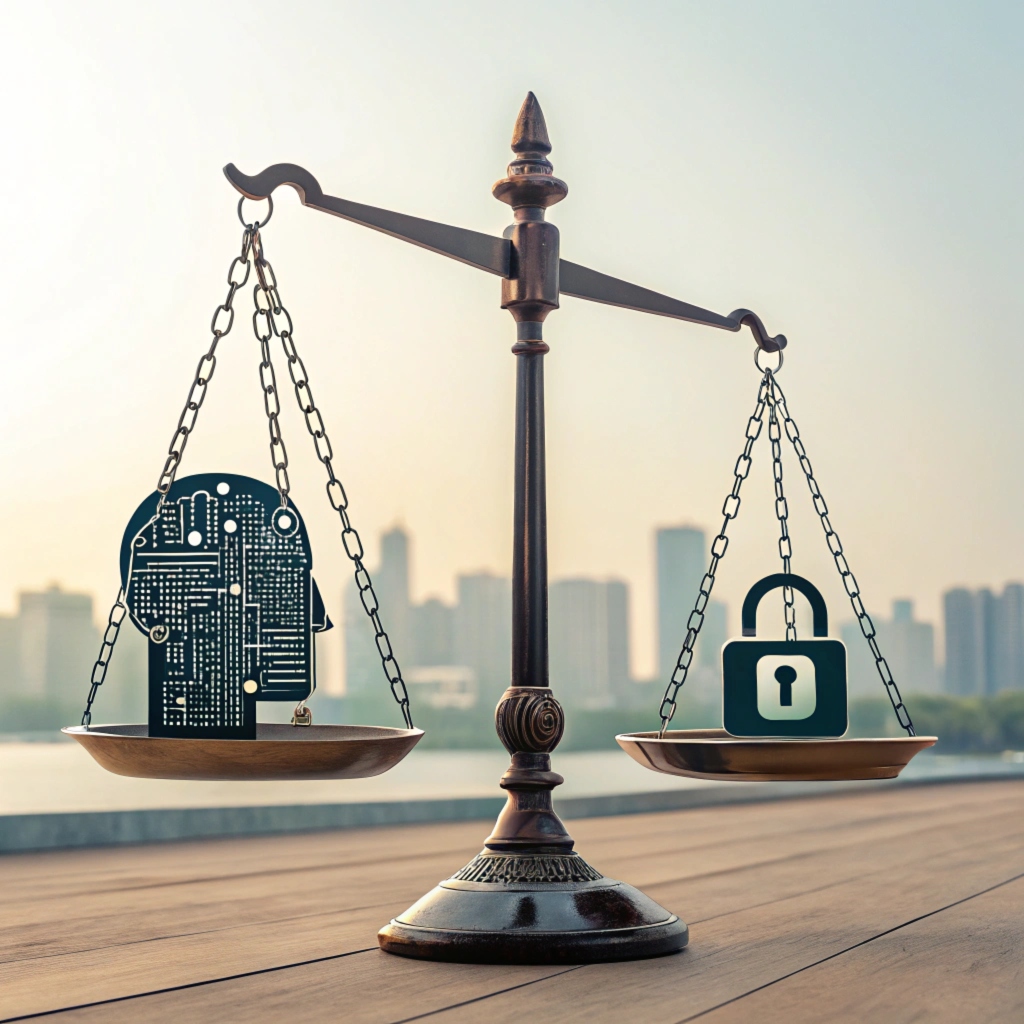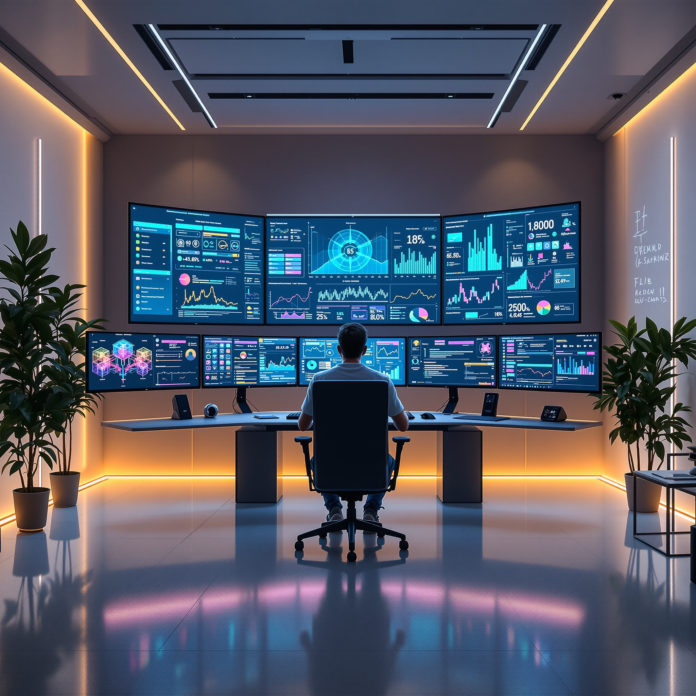In the rapidly evolving world of artificial intelligence, video generation AI stands out as a transformative technology with applications across various industries. From creating realistic animations to generating training videos, the potential of video generation AI is vast. This article will guide you through the process of training video generation AI, exploring the necessary steps, tools, and considerations to ensure success.
Understanding Video Generation AI
What is Video Generation AI?
Video generation AI refers to the use of artificial intelligence to create videos from scratch or enhance existing video content. This technology leverages advanced algorithms and models, such as Generative Adversarial Networks (GANs) and Variational Autoencoders (VAEs), to produce high-quality video content that can mimic real-world scenarios or create entirely new visual experiences.
Importance of Video Generation AI
The significance of video generation AI is evident in its diverse applications. In the entertainment industry, it enables the creation of lifelike animations and special effects. In education, AI-generated videos can provide personalized learning experiences. Marketing professionals use it to produce engaging content that captures audience attention. The ability to generate video content efficiently and at scale makes video generation AI a valuable tool across these sectors.
Preparing for AI Training
Data Collection for AI Training Videos
The foundation of any AI model is data. For video generation AI, collecting a diverse and comprehensive dataset is crucial. This data can be sourced from public video datasets, such as YouTube-8M or Kinetics, or through custom data collection efforts tailored to specific needs. Ensuring a wide variety of video content helps the AI model learn and generalize better.
Data Preprocessing
Once the data is collected, preprocessing is essential to prepare it for training. This involves:
- Extracting frames from videos
- Resizing them to a consistent resolution
- Normalizing pixel values
- Augmenting the data to increase diversity
These steps help the model learn effectively by providing clean and uniform input data.
Choosing the Right Model
Overview of Video Generation Models
Several models are used in video generation, each with its strengths and applications. GANs are popular for their ability to generate high-quality, realistic videos by pitting two neural networks against each other. VAEs, on the other hand, are useful for generating videos with a focus on capturing the underlying data distribution.
Selecting a Model for Your Needs
Choosing the right model depends on the specific requirements of your project. Consider factors such as:
- The complexity of the video content
- The desired level of realism
- Computational resources available
For instance, GANs are ideal for projects requiring high realism, while VAEs might be more suitable for applications focusing on data exploration and analysis.
Training the Video Generation AI

Setting Up the Training Environment
Training video generation AI requires a robust computational setup. High-performance GPUs are essential for handling the intensive computations involved in processing video data. Additionally, software frameworks like TensorFlow or PyTorch provide the necessary tools and libraries to build and train models efficiently.
Training Techniques
Various training techniques can be employed, including:
- Supervised learning (learning from labeled data)
- Unsupervised learning (discovering patterns in unlabeled data)
- Reinforcement learning (refining performance through rewards)
Hyperparameter Tuning
Optimizing hyperparameters is a critical step in training video generation AI. This involves adjusting parameters such as:
- Learning rate
- Batch size
- Network architecture
Hyperparameter tuning can be done manually or through automated processes like grid search or Bayesian optimization.
Creating AI Training Videos
Using AI to Make Training Videos
AI can be a powerful tool for creating training videos, offering scalability and personalization. By analyzing user data, AI can generate videos tailored to individual learning styles and preferences, enhancing the educational experience.
Benefits of AI-Generated Training Videos
AI-generated training videos offer several advantages:
- Cost-effectiveness
- Consistency in content delivery
- Quick content updates
- Scalability
- Personalization options
Evaluating and Testing the Model

Evaluation Metrics
To assess the performance of video generation models, various metrics are used:
- Fréchet Inception Distance (FID)
- Inception Score (IS)
- Quality assessment metrics
- User feedback and engagement metrics
Testing for Generalization
Testing the model’s ability to generalize across different scenarios is crucial. This involves evaluating the model on unseen data to ensure it can produce high-quality videos in various contexts, not just the training set.
Deployment and Optimization
Deploying Video Generation AI
Once the model is trained and tested, deploying it in real-world applications is the next step. This involves integrating the model into existing systems and ensuring it can handle production workloads efficiently.
Continuous Improvement
AI models require ongoing refinement to maintain performance and adapt to new data. Implementing feedback loops and retraining the model with updated data can help improve its accuracy and effectiveness over time.
Ethical Considerations

Addressing Bias in AI Training Videos
Ensuring fairness and reducing bias in AI-generated content is essential. This involves using diverse datasets and implementing bias detection and mitigation strategies to prevent discriminatory outcomes.
Privacy and Security
Maintaining privacy and security in video data is critical. Implementing robust data protection measures and ensuring compliance with regulations like GDPR can help safeguard user information.
Future Trends and Challenges
Emerging Technologies in Video Generation
The field of video generation AI is constantly evolving, with new technologies and methods emerging regularly. Staying informed about these developments can help organizations leverage the latest advancements to enhance their video generation capabilities.
Challenges and Limitations
Despite its potential, video generation AI faces challenges such as:
- Computational demands
- Data privacy concerns
- Ethical considerations
- Quality consistency
- Resource requirements
Frequently Asked Questions
Q: What is video generation AI used for? A: Video generation AI is used in various applications, including creating realistic animations, enhancing video content, and generating personalized training videos.
Q: How does AI create training videos? A: AI creates training videos by analyzing user data and generating content tailored to individual learning styles and preferences, offering a personalized educational experience.
Q: What are the benefits of AI-generated training videos? A: AI-generated training videos are cost-effective, consistent, and easily updatable, making them an attractive option for delivering high-quality training materials.
Q: What are the challenges of training video generation AI? A: Challenges include computational demands, data privacy concerns, and ensuring fairness and reducing bias in AI-generated content.
Q: How can I ensure my video generation AI model is ethical? A: Ensuring ethical AI involves using diverse datasets, implementing bias detection and mitigation strategies, and maintaining privacy and security in video data.
Conclusion
Training video generation AI is a complex but rewarding process that offers significant benefits across various industries. By understanding the key steps and considerations involved, organizations can harness the power of AI to create innovative and impactful video content. As technology continues to evolve, staying informed and adapting to new developments will be crucial for success in this dynamic field.
